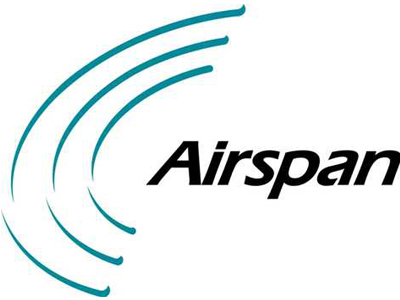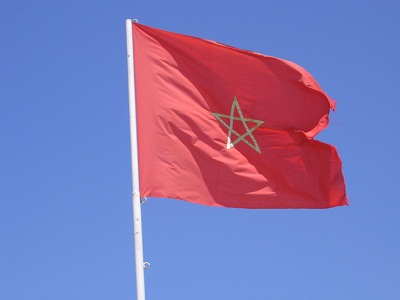Gambian internet service provider Netpage has selected American communications technology provider Airspan Networks to rollout their 4G network in Gambia.

American communications technology provider Airspan. (image: bikyamasr.com)
The network will operate on the 2.3 GHz frequency band, leveraging Airspan’s Air4G flagship macro base station. Air4G allows Netpage to offer customers high-level connectivity, unique features like MIMO (multiple-input and multiple-output) and advanced antenna techniques. Expansion plans are already in place for nationwide coverage. Despite the competition, Netpage remains one of the top five ISPs in Gambia.
“Gambia has been very fortunate to avoid much of the economic turmoil experienced by the rest of the world, this stability has enabled us to leverage the economic situation and help deliver faster and more dependable internet connectivity to our country,” Netpage CEO Simon Abraham stated.
Netpage is providing customers with various devices like small indoor, desktop, self-install units, as well as outdoor units to maximise range.
Mohamed Abdel Salam





































